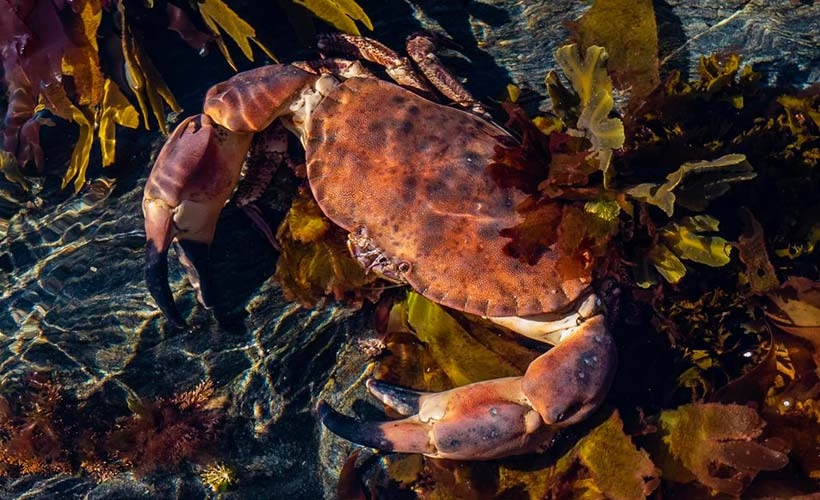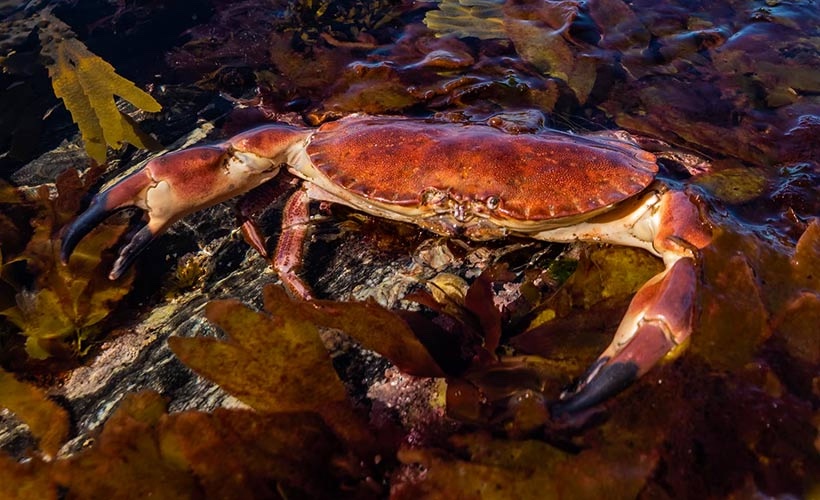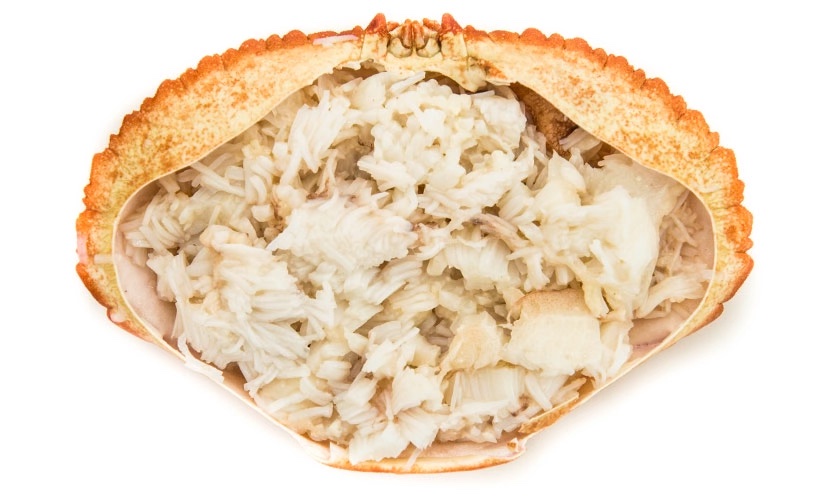Brown Crab: Guide to Quality Assessment

Norwegians are incredibly proud of their seafood industry and rightly so, as they produce some of the best sea cuisine the world has to offer. With a massive haul, Norway’s fishermen know all there is to know about getting the best stock, with quality crab a particular highlight.
Part of the reason for this is their ability to differentiate the best, from the rest.
Their fishermen do this by knowing the best places to find brown crabs, as well as the tell-tale signs of high-quality meat and what should be avoided when hunting these crustaceans.
We are going to share some of the characteristics that these experts look for when telling whether a crab’s meat is going to be of high or low quality.
Physical Characteristics of Quality Crab
As the name indicates, the brown crab is usually reddish-brown in color. These guys can be found at anything between six and 200m. Norwegian fishermen catch them using non-invasive techniques, which allows for the species to thrive and for by-catch to be limited.
Their shell has a pie-crust shell. The male usually comes in between 100 and 150 mm wide, but it should be noted that the male crab only represents about 10% of the catch.

An easy way to tell the difference between the male and the female is their abdomen. The male brown crab’s abdomen is triangular, whereas the female’s is is beehive shaped.
The quality of the crab is usually determined by the brown and white meat that comes from animal. If a fisherman doesn’t deem a crab to be of sufficient quality, he should return it to the water unharmed.
Returning The Crab
Of course, these fishermen know what to look for when searching for superior crabs. However, it should also be noted that there are other reasons why brown crabs will be returned to the water unharmed.
For instance, if it is a berried crab, they should always be returned to the water. This helps ensure that there are future generations of the species to reproduce.
Physically damaged crabs are also returned, even if their claws are in the process of regeneration.
One of the conditions that does affect the quality of the meat is a condition called ‘blackspot’.
This is indicated by black spots on the crab. It causes a discoloration of the shell and the meat of the animal. When this occurs, the white meat within the crab is darkened and often damaged.
A crab could also become a live return if it doesn’t meat size restrictions or is moulting. Experienced fishermen spot moulting crabs by placing soft pressure on the underside of the carapace.
Some fishermen will also return crabs that have excessive fouling, as these crabs generally return a lower price.
The quality of the meat within a crab depends on a number of factors. These include the time of year, the age of the crab and the time since its last moult. It should be noted that a crab that has recently moulted has a particularly low meat yield.
In terms of time of the year, Autumn is the best time to fish for brown crab.
Identifying Quality Meat
An expert brown crab fishermen should be able to grade the meat.
There are a number of factors at play when doing this, including the weight of the crab and the color and hardness of the shell.

It is not an exact science, with most experts having learned their trade through experience. The best graders are able to spot the high yield crabs, while returning the low-grade crabs that will produce a poor yield back to the sea.
To give you a quick insight, a darkly colored brown crab is thought to produce a good yield of meat. Whereas if the topside of the crab is light in color, then you can expect a lower return once this crab is opened up for eating.
The underside of the shell being firm is another sign of good quality crab, as is dark brown claws, with the underside of the claws cream in color.
